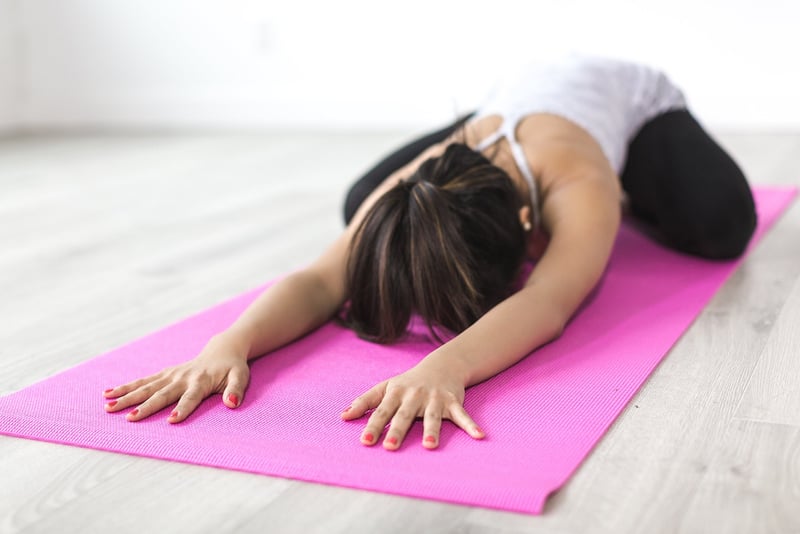Flowing Movements
#Breathing
#Mindfulness
#Health
Connecting Breath with Movement: The Art of Flowing Movements
Flowing movements, a key element in practices like yoga, Pilates, tai chi, and dance, involve connecting breath with motion to create a seamless and harmonious sequence. This integrated approach not only enhances physical coordination but also promotes mental clarity and emotional balance.
The Benefits of Connecting Breath with Movement
- Improves focus and concentration
- Increases mind-body awareness
- Enhances flexibility and strength
- Calms the mind and reduces stress
- Promotes a sense of flow and fluidity in movement

How to Practice Flowing Movements
- Start with Breath Awareness: Begin by focusing on your breath, inhaling deeply through your nose and exhaling fully through your mouth.
- Sync Breath with Movement: Coordinate your breath with each movement, inhaling as you expand or reach, and exhaling as you contract or release.
- Maintain Fluidity: Aim for smooth and continuous transitions between poses or actions, maintaining a steady rhythm.
- Stay Present: Be fully present in each moment, feeling the sensations in your body and the flow of your breath.
- Listen to Your Body: Honor your body's limits and adjust the intensity or pace of your movements as needed.

Practice Tips for Enhancing Flow
- Experiment with different styles of movement to find what resonates with you.
- Focus on smooth transitions and avoid jerky or abrupt movements.
- Use music or rhythm to guide your flow and inspire creativity in your movements.
- Practice regularly to build muscle memory and improve the fluidity of your sequences.
By integrating breath with movement and embracing the fluidity of flowing sequences, you can cultivate a deeper mind-body connection and experience a sense of grace and ease in your practice.
Embrace the art of flowing movements and discover the transformative power of synchronizing breath with motion.
